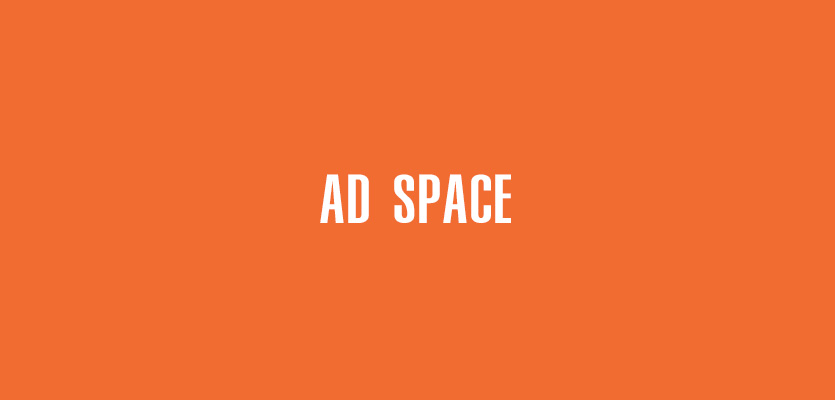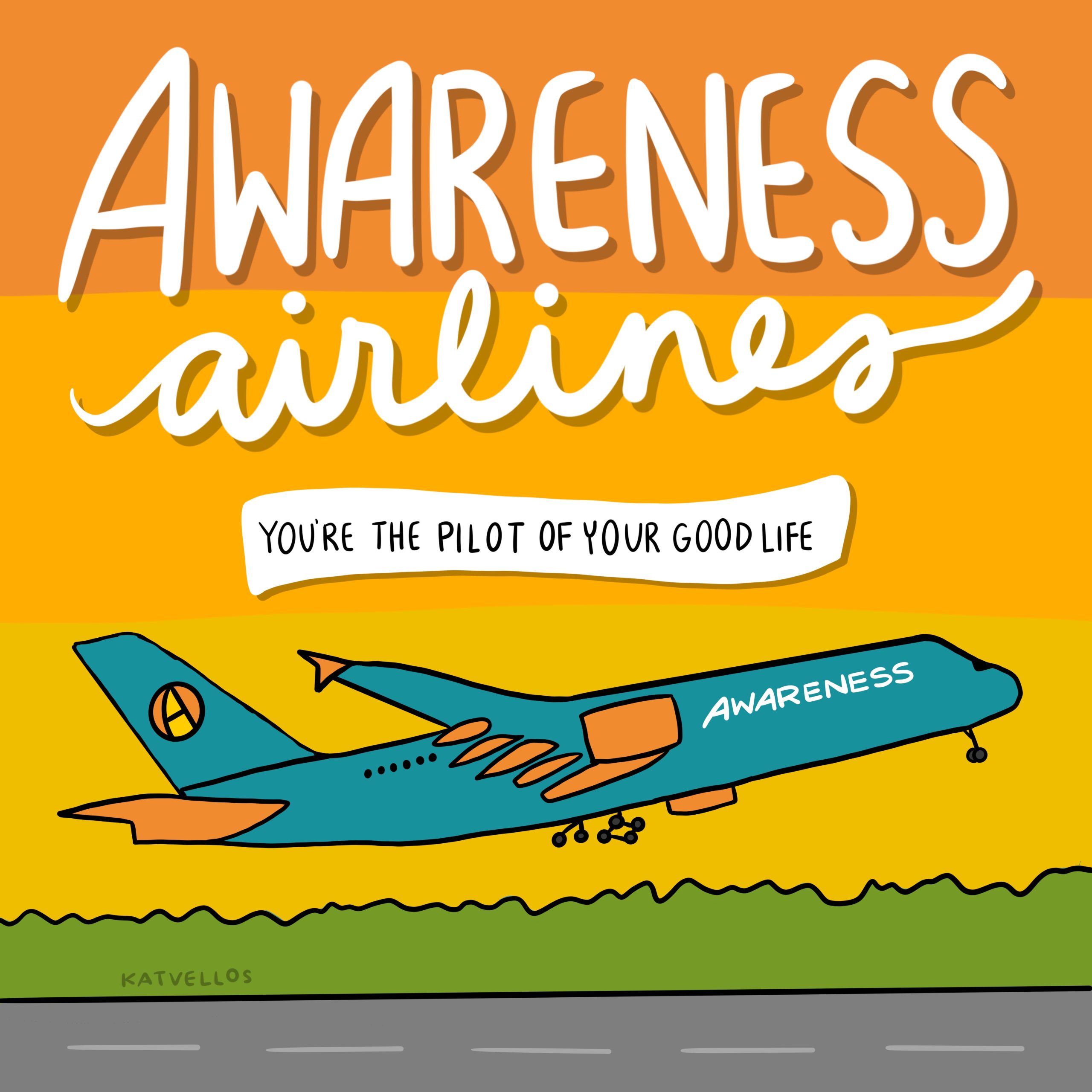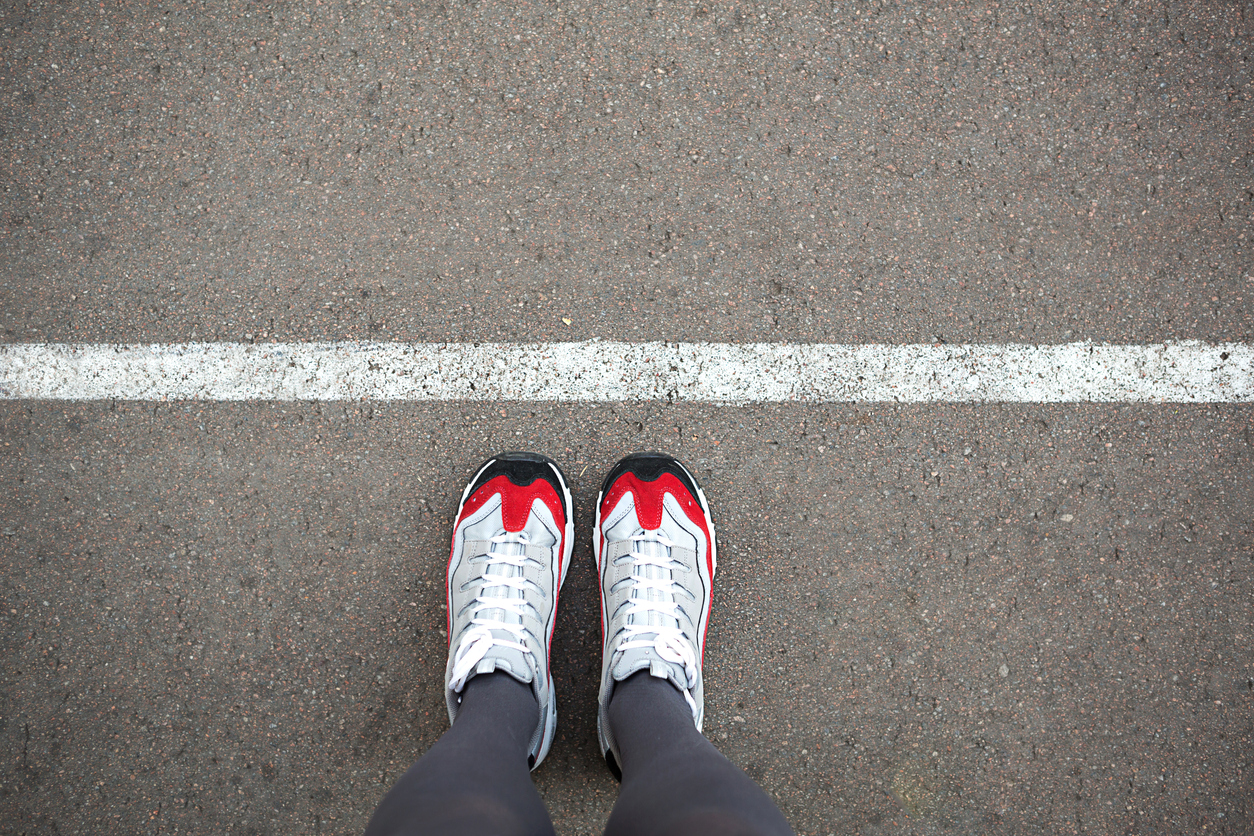Take One—Autopilot and Reactive
It’s 7:30A.M. The alarm sounds on your iPhone and you groan as you crack your eyes open, fumbling for the device to turn it off.
For all intents and purposes, this is the last intentional action you’ll take until you lay your head down to sleep some 16 hours later.
Every moment in between will be spent reacting to other people’s plans for your day.
Before getting out of bed (or even acknowledging anyone sharing it), you check your email to see who will be setting your agenda, based on their needs, followed by Facebook, Twitter, Instagram, Snapchat, and voicemail. By the time you’re ready to start work, your to-do list exceeds the day’s capacity and you’re living in a future set by someone else’s agenda.
Every step along the way, your mind is somewhere else.
Reacting to prompts, things other people tell you are important without ever stopping to ask whether they matter to you. It’s gorgeous out, but you don’t notice. Your kid, partner, lover, or parent smells great, terrible, or fruity, but you don’t pick it up.

You might stop for a drink at your favorite coffee spot (which might just be your own kitchen counter). Waiting for your coffee, you check your phone again. And it’s not just you –– you can see from the “Live” statuses that everyone is buried in their collective apps.
You get to work and spend the next eight hours responding to email in real time, checking to-dos off your list, rifling through Facebook, Twitter, and Snapchat again, and again, and again. Checking voicemail and calling people back.
Refresh, refresh, refresh.
Check, check, check.
React, react, react.

Art by Kat Vellos
By the time you’re done for the day, you’ve checked a lot of boxes –– but you’re not entirely sure what they are.
You’ve been busy, so busy, though, you really must be important.
You feel like your checklist for tomorrow is already longer than what you started with today. And very little of it is meaningfully connected to anything you care about. Your only intention is to survive, and if that means embracing what was good in your day and proactively creating your tomorrow, you’ve failed mightily.
Welcome to your autopilot reactive life.
Take Two—Aware and Intentional
7:30A.M. You awaken to the sound of One Republic’s “Good Life,” which you’ve chosen as the first track on your wake-up Spotify playlist because it makes you smile.
You listen for a minute with your eyes closed. Placing both hands over your heart, eyes still closed, you set an intention for the day, to approach every interaction from a place of loving-kindness and mutual benefit. Still in a semi-alert state, you rise into a sitting position in bed as your playlist rolls into a 15-minute guided meditation.
Your mind feels calm and focused.
You ease into the shower, where you notice how good the warm, pulsing water feels on your back. Drying off, you slide back to the bedroom and hit PLAY. Marvin Gaye takes over.
You want to dance, but instead you dress and make breakfast. Sitting over coffee, for the first time, you check your email, but only to scan and ensure there is no true emergency that requires an immediate response, remembering that someone else’s procrastination or engineered neurosis is not your emergency.
You do not reply or delete or file anything.
You close your device and open your Moleskine to a simple, lined page where last night you wrote out the single most important thing that must be accomplished today. The one that will be the biggest lever in the area of deepest meaning. You then revisit the two supporting actions written below and confirm all three are still today’s priorities.
You get to work, and your phone remains tucked away. Nothing happens in your workspace until your one big thing and two supporting actions are complete.
Everyone and everything else can wait.
And if they cannot –– which is almost never a reflection of true need, but rather an expectation you’ve trained into others –– you process them quickly, without distraction, having made an intentional decision, then move back to your big thing and two supporters. You check email, texts, and any other work-related communications only during a preset late-morning communications batch time, say 11 am, then again after lunch and once more at 4 pm. People may call or text or email or update or want to chat. You don’t reply until you are ready.
You work at a deliberate pace and pause regularly to notice the day around you. You take in the sunshine pouring across your desk, the smell of coffee, and the little swirls of heat wafting into the air. You notice the state of your body, its position and how it feels. Throughout the day you’ll change positions, walk, go outside, and constantly intersperse movement with work.
As the day unfolds, you quickly complete your one big thing and two supporting things, leaving everything else as bonus items that make you feel great. Problems arise, but you expect that and have cultivated a personal practice that allows you to stay calm and search for the solution from that intention of loving-kindness and mutual benefit. And though you’d rather not have had the problem, you find the possibility that would have stayed hidden had the problem never presented itself.
Wrapping up your day, you leave your workspace, phone again tucked away. You feel like you’re ahead of the eight ball, aware of the moments that make up your day and proactively creating your life, rather than racing to respond on autopilot to other people’s agendas, unaware of the vast amount of life’s gifts that seem to race by before you can grasp them.
You move your body in whatever way is accessible to you, then ease into the evening with loved ones or on your own. You are not only physically but emotionally present.
Checked in, on all levels.
After dinner, you get a voicemail from work with a true immediate need for response. You step away from the table, deal with it, then put your phone down, close your computer, and re-engage. Before you doze off that night, you journal, revisiting the day, what went right, what went wrong, what you can learn from each, what you’re grateful for, and what your big thing and two supporting things will be for tomorrow. You close your eyes. Life. Is. Good.
So, which is closer to your life? And which one do you want? The choice is yours.
You can live out either scenario –– the reactive and unaware life or the intentional and aware. If you want to live Scenario One, congrats, our culture is built to make that happen, do nothing. Your ability to live Scenario Two, though, is an outgrowth of three things:
- Awareness
- Intention
- Action
Awareness is by far the most important though.
Awareness, waking up to what’s in front of you, is the master key. By the time we reach adulthood, we’re so distracted by the pull of speed, connectivity, expectations, and rules, we lose the ability to see and experience what’s right in front of us. We become 99 percent unaware, and in doing so we lose the ability to choose and to act rather than react. By the way, those who tap into that 1 percent, who are awake and aware, not only tend to own their own lives but end up running the world.
Before you can make intelligent decisions, before you can stop reacting and start acting, you need to cultivate the ability to hit pause. To slow down just a bit, reconnect with who and what matters, to see what is really happening in the moment, to consider whose agenda you’re responding to, then deliberately choose your actions based on that awareness and intention. So we need to begin cultivating your ability to turn off your autopilot.
The question is how. My awareness tool of choice is mindfulness, a word that it seems you can’t get away from these days. It’s the next big thing that’s been around for thousands of years. Why the explosion in interest? Because the fallout of a global crush to live as mindlessly as possible has yielded astonishing levels of pain, and people are looking for a way out. In an odd irony, most of us spend our lives in the mindless pursuit of a state we’ve chosen to abandon and can return to at will.
Mindfulness is about slowing down, noticing and seeing what is really happening in front of you in this moment, without the anxiety of expectation or the haze of regret. In this way, it is both a gateway to embracing the grace of each moment and the precursor to nearly every desired state, action, or experience that leads to a life well lived.
Awareness is the seed of more aligned being and doing.
It’s also incredibly well researched. Turns out, beyond its impact on your ability to more readily see, choose, and create the life you want to live, a mindfulness practice can also improve memory, cognitive function, decision making, sleep, mood, and your ability to handle stress.So how do you train the average Western mind, now boasting a shorter attention span than that of a goldfish, to focus and become more persistently aware?
Here are the basic instructions:
- Find a comfortable place to sit where you won’t be disturbed or distracted. Be sure to turn off all devices that might call you into “checking” mode. If you use a timer app on a device (I recommend the InsightTimer), be sure to put the device into “Do Not Disturb” mode.
- Sit with your spine erect but not rigid, and your head sitting gently in a neutral position.
- Your eyes may be closed or slightly open.
- Take a few long, slow breaths to settle in and bring your attention to your breathing.
- Notice the sensation of your breath as it enters your body. Feel it entering your nostrils. Feel your chest and belly gently expand as you inhale and relax down as you exhale.
- After a few breaths, notice where it is easier to hold your attention, the sensation of breath as it enters your nose or the sensation of your body expanding and relaxing as you breathe. Then focus your awareness on whichever sensation is an easier anchor.
- Breathe gently and relax, holding your attention to the sensation of your breath.
- At a certain point, maybe after just a few seconds, your mind will wander to thoughts or emotions.That’s perfectly natural. Notice that, too. Then, with your next exhalation, silently say, “Thinking,” and let that thought ride out with the breath as you refocus your attention on the breath. This may happen hundreds of times, especially in the beginning, and it’s all fine.
- Just keep coming back to your breath, without judgment or expectation.
For many people, it’s much easier to begin this practice with someone else guiding them. In fact, that simple shift can turn it from something you “have” to do into something you “love” to do and look forward to. So I’ve created a 5-, 10-, 15-, and 20-minute guided audio mindfulness practice for you to download and listen to right here.
All you need to do is download it to your chosen device and then, first thing in the morning, sit gently and listen. In fairly short order, you’ll notice the effect. It will set up your day in a very different way. Over time, you’ll find the calming and focusing effect will increase. You’ll become more aware of the moment, less reactive, and more capable of pausing, seeing, intending, and choosing the actions that will put you back in charge of your life.
Daily Exploration:
I invite you to join us in daily explorations to see what filling your Good Life Buckets looks like. These explorations are challenges that also provide specific ways to learn more about yourself and become more intentional about the way you live.
For today’s exploration, I invite you to download to your phone or computer the guided mindfulness practices I’ve recorded for you.
Start with the five-minute version, first thing in the morning. All you need to do is follow the instructions. The practice is a great setup for a more aware and intentional day. Over time, you may find yourself wanting to organically move into the longer versions. You can make that shift if and when you’re ready. It’s also important to know that you’re still doing fine if you never shift. If you choose to continue to listen each morning (can’t recommend this enough) and grow into a longer practice, it’ll begin to deliver more sustained benefits that will seep into nearly every area of your life.
Now, for those type-A awareness challengers, here are a few more extras you might want to explore to reclaim awareness, intention, and choice:
- Go “push free” for 24 hours. There’s a good chance you have your computer, phone, watch, and any other wired device set to automatically “push” notifications to you every time someone else wants to take control of your life via email, Facebook,Twitter, Instagram, Snapchat, and more. Here’s your challenge: for a single day, turn off all automatic notifications on all devices. The more the thought of that gives you hives, the more reactive your life has become and the bigger the need to take it back. To become aware and choose.
- Set awareness triggers. Set your watch, fitness tracker, smart watch, or smartphone to trigger a vibration alert mid-morning, just after lunch, mid-afternoon, and late afternoon. For phones, this can often be done by setting an alarm and choosing a vibration pattern instead of a sound. Whenever you feel the vibration alert, take a slow breath in and a slow breath out. You don’t even have to stop what you’re doing, but notice where your awareness is. Is your attention spinning into the future or trapped in the past? If so, take a few seconds to guide it gently back to the moment. Notice what’s going on around you, what you’re doing, who you’re doing it with, and why. Notice whether your attention and your actions are placed on what truly matters most. If so, smile gently and take another slow breath. If not, guide it back to now, then do the same. The more you practice with these mini awareness interventions, the more they become baked into the day and the easier it becomes to reclaim intention and take more deliberate action.
Autopilot or awareness: it’s up to you.
The good news is, like so much work you do to live a good life, the effects are cumulative, and it only takes a tiny little bit of focus to get started. So try that 5-minute awareness practice for a week, and see for yourself –– it really can work that fast, and have effects that ripple out to the whole of your life.
(This is an adapted and updated excerpt from How to Live a Good Life, by Jonathan Fields, Hay House, 2016.)


